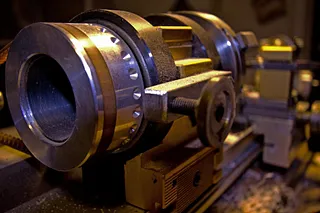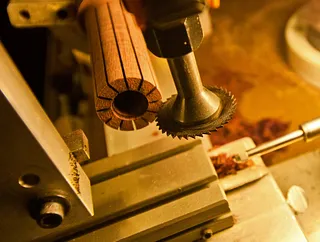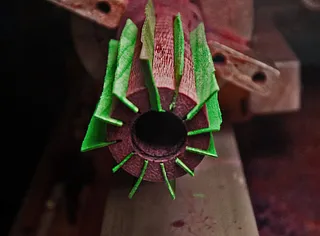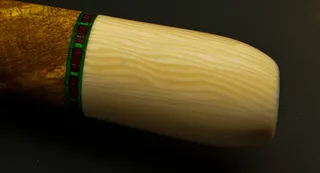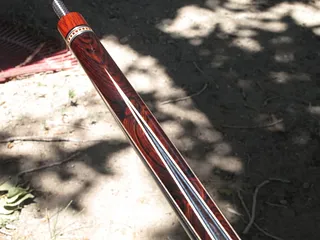- Joined
- Oct 7, 2020
- Messages
- 2,326
So, I have been doing some research on indexing plates and trying to figure out how to calculate the number of turns needed in Excel then I ran across this really cool calculator. I'm sure this is old news but still pretty cool. I still don't know how it's done in Excel.

